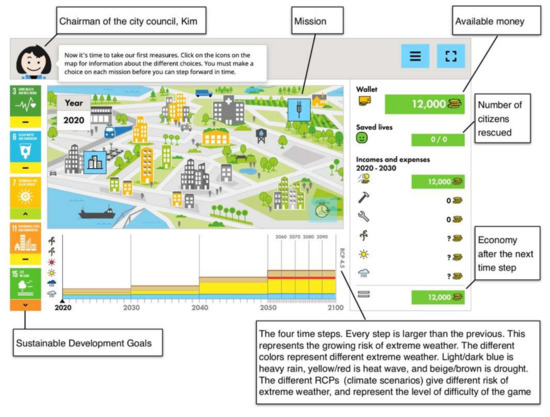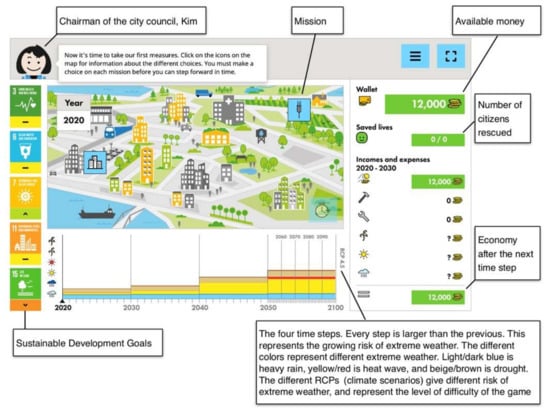
The Key Factor Behind Climate Change: Grasping the Impact of Human Actions
Climate change stands as one of the greatest challenges facing humanity, significantly transforming ecosystems, economies, and lifestyles. While natural processes influence climate variability, compelling evidence clearly indicates that human activities are the primary culprits behind contemporary climate change. Activities ranging from fossil fuel combustion to changes in land use disrupt the planet’s fragile energy equilibrium and escalate global temperatures. This article delves into the main causes of climate change, highlighting the complex interactions between natural elements and human effects.
—
Defining Climate Change
Climate change signifies long-term alterations in the weather patterns and average conditions of Earth, including temperature, precipitation, and wind. It includes both natural phenomena and human-induced transformations. Fundamentally, Earth’s climate is established by the equilibrium between incoming energy from the Sun and outgoing thermal radiation, a principle referred to as the Earth’s energy balance. Any sustained alterations to this balance—whether due to natural events or human interventions—drive modifications in global climate dynamics.
While the climate has exhibited natural variability throughout geological history, the swift and unmatched transformations seen since the Industrial Revolution mostly stem from human activities. These alterations are reflected not just in increasing average temperatures but also in the heightened variability of extreme weather occurrences, such as floods, wildfires, and hurricanes.
—
Natural Contributors to Climate Change
Traditionally, the Earth’s climate has been influenced by natural phenomena that affect solar energy reception and distribution. Key factors include volcanic eruptions, variations in solar radiation, and changes in Earth’s orbital dynamics.
1. **Volcanic Eruptions**: Significant volcanic eruptions send aerosols and gases into the atmosphere, temporarily altering climate by reflecting solar energy away from Earth’s surface. However, these effects are typically short-term, lasting only a few years.
2. **Solar Variability**: Changes in the Sun’s energy output have historically impacted climate. However, research indicates that solar variations account for only a small portion of the temperature increase experienced in the past century.
3. **Orbital Changes**: Over millennia, minor changes in Earth’s orbit and axial tilt impact the planet’s exposure to solar radiation, triggering ice ages and interglacial phases. These alterations occur over timescales that far exceed the rapid nature of current climate modifications.
Although natural factors affect long-term climate variability, their role in the swift warming trend of recent years is significantly overshadowed by human-induced elements.
—
Human-Induced Causes of Climate Change
Human activity is the leading factor in modern climate change. The surge in industrialization, advancements in technology, and population growth have drastically altered the ways in which humans engage with Earth’s systems. Two principal factors—fossil fuel burning and changes in land use—play a significant role in enhancing the natural greenhouse effect, resulting in global warming.
### **1. Fossil Fuel Burning**
The combustion of fossil fuels (including coal, oil, and natural gas) for energy and transportation represents the greatest source of carbon dioxide (CO₂) emissions. Burning these fuels releases carbon that has been stored for millions of years as CO₂, a powerful greenhouse gas. This gas captures heat within Earth’s atmosphere, resulting in the “greenhouse effect.”
– **The Greenhouse Effect**: When sunlight reaches Earth’s surface, a portion is absorbed, causing the planet to warm. The Earth subsequently emits this heat as infrared energy. Greenhouse gases, such as CO₂, retain this heat in the atmosphere, preventing its escape into space. Over time, this contributes to warming Earth’s surface and lower atmosphere.
– **Important Figures**: Since the pre-industrial era, atmospheric CO₂ concentrations have increased by over 50%, leading to a 1.1°C (2°F) rise in global average temperatures compared to the late 19th century, according to the Intergovernmental Panel on Climate Change (IPCC).
### **2. Changes in Land Use**
Deforestation, urban expansion, and agricultural growth significantly modify Earth’s surface, diminishing its capacity to absorb carbon while also releasing stored carbon.
– **Deforestation**: Forests act as carbon sinks, taking in CO₂ from the atmosphere. When trees are cut down or burned, the CO₂ is released back into the atmosphere, exacerbating climate change. Since the Industrial Revolution, extensive forest areas have been transformed into agricultural or urban environments.
– **Agricultural Practices**: Livestock production generates methane (CH₄), a greenhouse gas that is far more effective than CO₂ in trapping heat, despite remaining in the atmosphere for a shorter duration. Nitrous oxide (N₂O), another potent greenhouse gas, is released from fertilizers used in contemporary agricultural methods.
